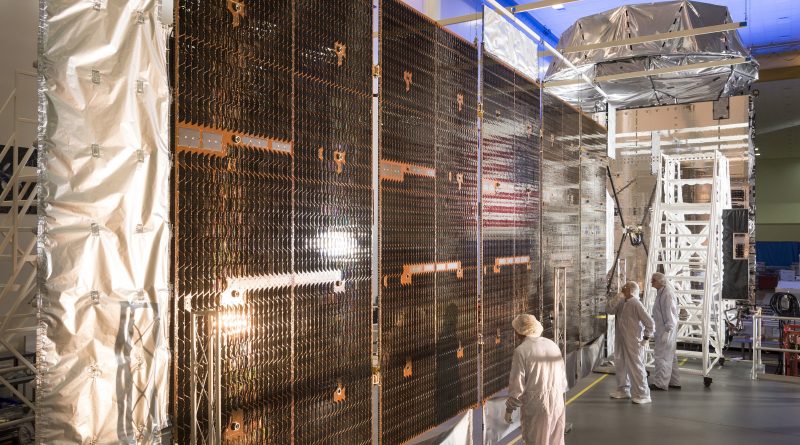Alternate Orbit-Raising Plan needed for stranded U.S. Navy Communications Satellite
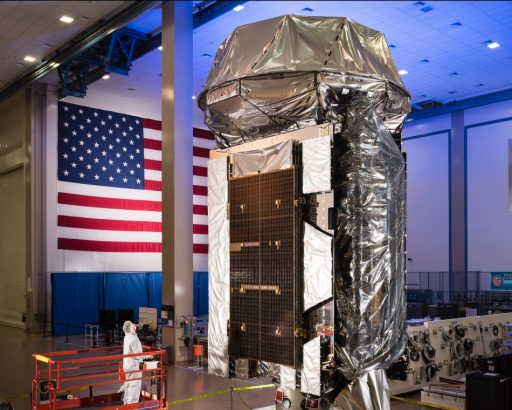
The U.S. Navy’s MUOS 5 communications satellite – stuck about halfway to its intended Geostationary Orbit – encountered a failure within its main propulsion system, the Navy confirmed this week. Work is currently underway to evaluate alternate orbit-raising plans and possible impacts on the satellite’s operational mission.
MUOS 5 lifted off from Cape Canaveral on June 24 atop an Atlas V 551 rocket – the most powerful version of the workhorse rocket, enlisting the help of five Solid Rocket Boosters to get the 6,740-Kilogram satellite off the ground and sent it into an optimized Geostationary Orbit. After a ride of nearly three hours, the satellite was deployed to an orbit of 3,903 by 35,654 Kilometers, inclined 18,97°.
From its initial elliptical transfer orbit, MUOS 5 was to perform a series of apogee maneuvers to lift the perigee of the orbit and reduce the orbital inclination to enter a Geostationary Orbit where the satellite’s speed matches that of Earth’s rotation. Five days into its climb to Geostationary Orbit, the satellite encountered what was characterized as a “failure of the orbit raising propulsion system.”
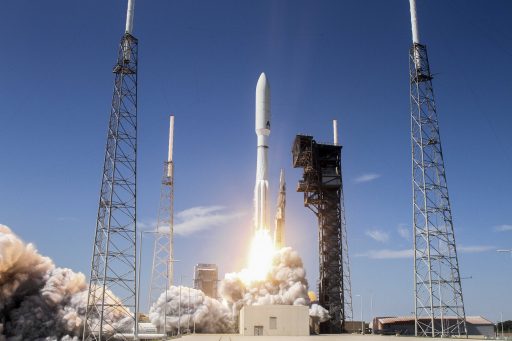
Satellite trackers noted the satellite had stopped orbit-raising maneuvers before the Navy issued an initial statement confirming that an anomaly had occurred during orbital maneuvers.
According to amateur tracking data, the satellite was stranded in an orbit of 15,248 by 35,697km, 9.8° – about halfway to Geostationary Orbit in terms of the change in velocity needed to maneuver from the initial GTO to the operational orbit.
This week, the Navy issued a statement declaring the main propulsion system on the satellite failed for good, requiring alternate orbit adjustment options to be evaluated. No specific component of the satellite’s propulsion system has been identified as the culprit of MUOS 5’s troubles.
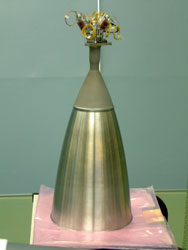
The main propulsion system of the MUOS satellites is centered around a BT-4 engine manufactured by IHI Aerospace, Japan. The Engine delivers 450 Newtons of thrust by burning Monomethylhydrazine fuel and Nitrogen Tetroxide oxidizer. BT-4 has been used by numerous Geostationary Satellites for the climb from their elliptical transfer orbits to their operational slots and it is also the engine of choice for Orbital ATK’s Cygnus spacecraft, employing BT-4 to make its orbital link-up with the International Space Station for regular supply runs.
With the use of the satellite’s main engine no longer possible, MUOS 5 will have to rely on its low-thrust reaction control system engines – 12 MR-103G 1-Newton and six MR-106L 22-Newton thrusters built by Aerojet Rocketdyne. The engines consume hydrazine monopropellant and are typically used to assist in attitude control of the satellite, small delta-v maneuvers and stationkeeping in Geostationary Orbit.
Only using the RCS thrusters means a large penalty in terms of specific impulse compared to the bi-propellant main engine and MUOS 5 will have to carry the dead weight of BT-4’s Nitrogen Tetroxide oxidizer. These factors have to be considered when working out an alternate orbit-raising plan for the satellite, considering the use of Hydrazine during the climb and propellant remaining once in GEO for stationkeeping which will determine the satellite’s usable lifetime.
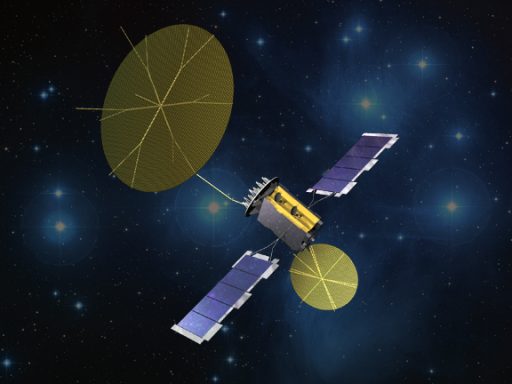
Satellite tracker Scott Tilley observed MUOS 5 on July 30, showing a small orbit change from the last observation on July 21 with an increase in orbital period on the order of three minutes – indicating MUOS 5 had conducted one or more small maneuvers, possibly to test out whether orbit-raising with the RCS thrusters was a viable option.
Currently, the satellite is just over 600m/s short of reaching GEO. A campaign using only the small RCS thrusters to maneuver the satellite to GEO is likely to take a period of weeks or even months, though should be possible. However, when reaching its intended orbit, MUOS 5 will only have a fraction of the Hydrazine supply needed for a 15-year mission.
The MUOS 5 satellite was to enter a backup position within the operational MUOS constellation that currently operates four healthy satellites to deliver secure, global communications to the U.S. Military. MUOS 5 was planned to be on stand by in GEO to be available to replace any of the primary satellites in case of problems or provide assistance during peak communication demands over a given region.
The $7.7-billion MUOS architecture replaces the UHF Follow-On System that has been in operation for two decades.
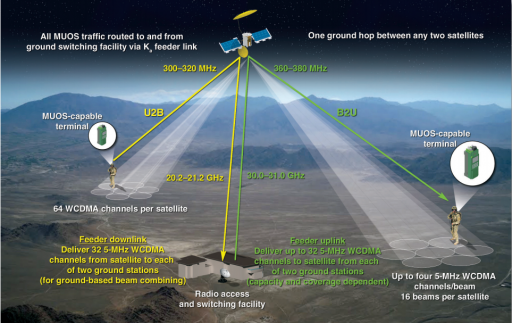
The new system provides higher bitrates and uses the modern 3G communications standard also employed by cellphones.
Services supported by MUOS include voice, data and video communications beyond a user’s line of sight, routed through a GEO satellite that accepts the UHF Data and converts it to a Ka-Band signal delivered to a ground station – and vice versa for downlink to a user.
Built by Lockheed Martin, each MUOS satellite weighs 6,740 Kilograms at launch, outfitted with 5 and 14-meter gold mesh antennas that deploy once the satellite reaches its high-altitude perch to deliver 16 communications spotbeams that can be operated for netted or point-to-point communications on a global scale.
MUOS delivers 10 times greater communications capacity over the previous UHF constellation and the use of technologies leveraged from 3G mobile phone and IPv4/IPv6 internet protocols gives the system a high degree of flexibility with simple integration in existing and future systems.

